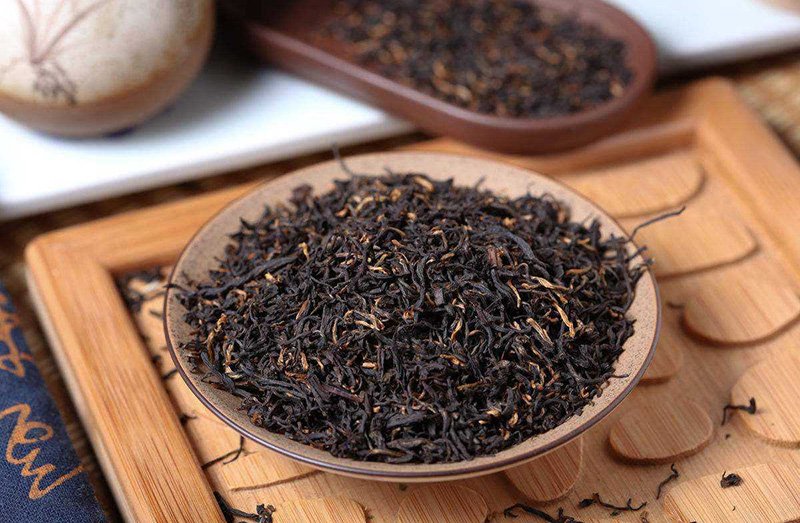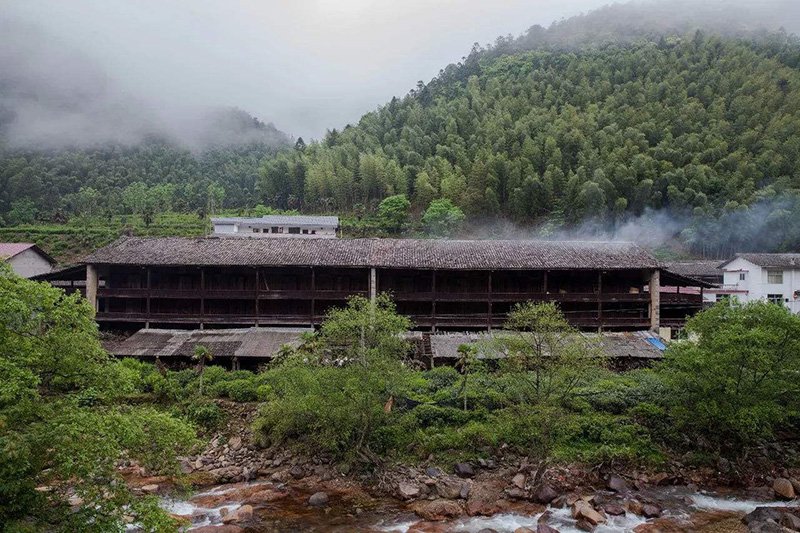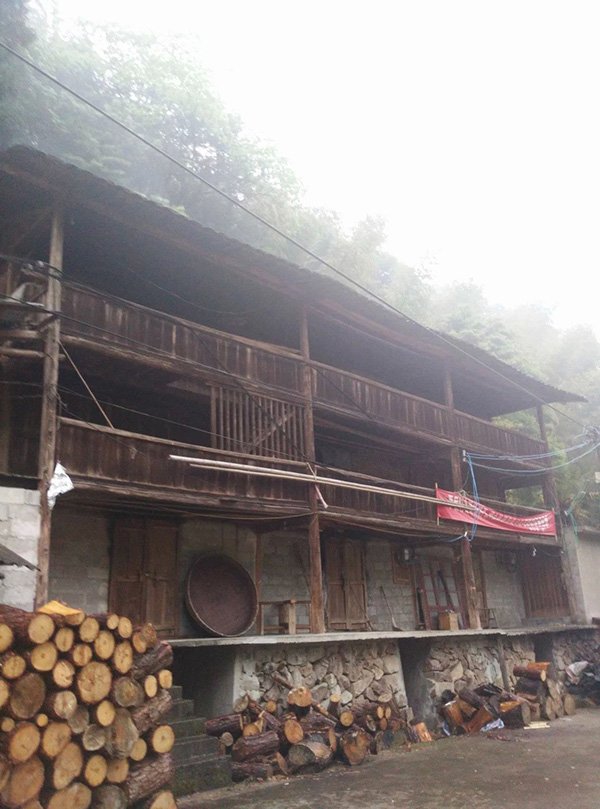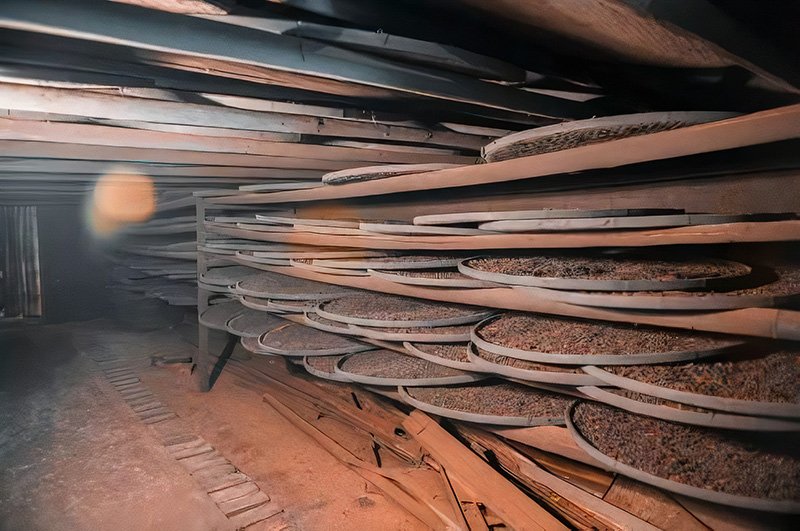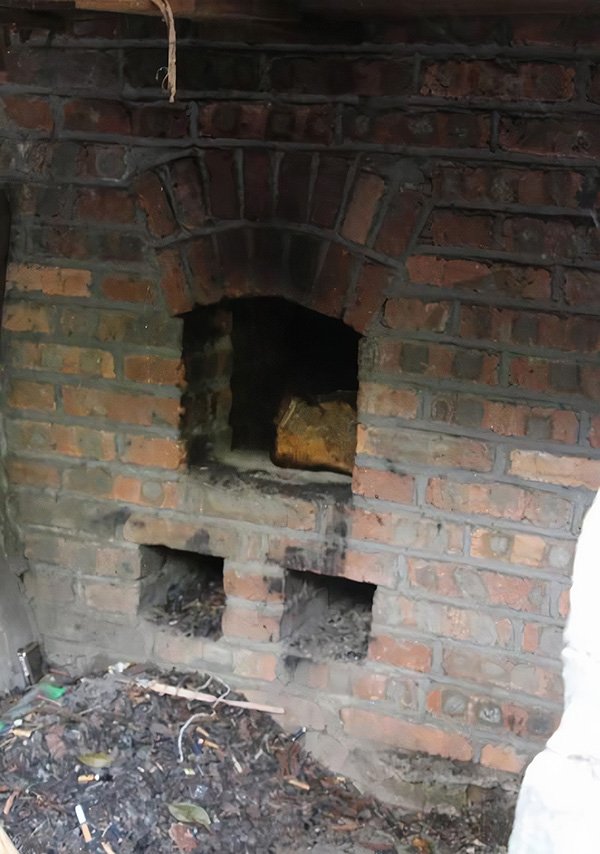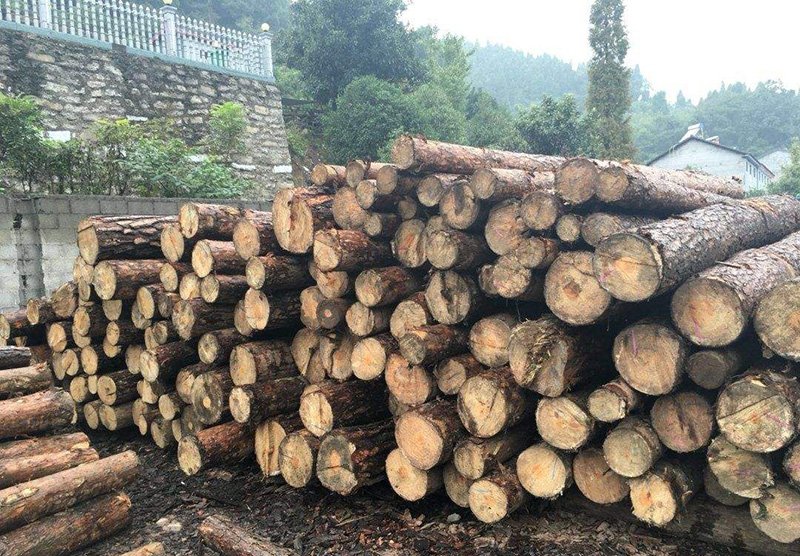Last Updated on 07/19/2020 by Desmond
When we talk about black tea, most we know are the Assam, Keemun, and Ceylon. But do you know which is the first type of black tea in the world? Lapsang Souchong, it is regarded as the ancestor of all the black tea. It was also the first one to spread from China to western countries, and make the tea culture trend.
CONTENT
What Is Lapsang Souchong
Lapsang Souchong was birth in a village called TongMu in Wuyi Mountain, China. Do you have an impression? We use to talk about Da Hong Pao tea, which also comes from the Wuyi Mountain; a famous tea-producing region with a long history.
This tea was said also birth by accident. The story began at the Late Ming Dynasty, wars all around the land, warlords fought every day. For the living, the TongMu village folks still stay on producing tea. People were just back from picking and found an army passed by and decided to station here. The soldiers grabbed the fresh leaves, placing them on the ground and sleeping on them. As a result, the leaves haven’t been the fixation in time, so all of them were fermented, and stained with the bad smell of the soldiers’ body.
At that time, green tea was the trend, and these leaves could not make into green tea anymore. Tea masters were sad and could do nothing. During the war era, everything was so precious that they were unwilling to throw these leaves away. One tea master came up with an idea, to pan-fired the leaves directly, then smoke them by the smog from the pinewood and needle – a common local fuel. Wish to cover up the bad smell from the soldiers.
The result didn’t make disappointing; this new type of tea tasted okay but was not popular locally. Tea masters decided to sell them to other towns. Fortunately, a Dutch merchant was doing tea business in China at that time; he tasted these leaves and thought, how amazing! This strong pine smoky flavor fits the westerner very much. The merchant bought all the leaves at a high price and shipped them to Europe for sale. Since then, black tea became a trend in western countries.
There was no formal name for this tea at that time. Chinese named the tea according to the infusion color, so named it “Red Tea.” But the westerner saw these loose leaves have a black look, and they called it “Black Tea.” This misunderstanding has last to this day.
Lapsang Souchong was called Bohea by the European at the beginning, a pronunciation of the local dialect of Wuyi Mountain, which means the tea from there. However, the main product of Wuyi is oolong tea. So in order to distinguish them, people named it Lapsang Souchong formally, pronounced in Chinese as Zhengshan Xiaozhong. “Zhengshan”(Lapsang) means the Wutong Village and the region at the same altitude around it, and also got the authentic meaning. “Xiaozhong”(Souchong) means the Sinensis, one type of the Camellia Sinensis with small-leaf.
How Lapsang Souchong Get The Unique Smoky Flavor
Just like other black teas, Lapsang Souchong is a kind of complete-fermented tea. And in its processing, it has been withering – rolling – fermenting – re-rolling – roasting – re-roasting – drying. During the processing, the leaves will be smoked 3 times to create its unique smokey flavor.
The first smoked happened during the withering. Most of the Lapsang Souchong been withering indoor. Because during the tea-producing season, the weather of TongMu village rains a lot, not suitable for the sun-withering.
After picking, folks will place the leaves on a 4-tier shelf. The bottom tier was placed with the leaves which have been fermented and re-rolling. There is a pipeline that connects the stove outdoor, with pinewood and needle are burning in it. The hot smoke passes through the pipe to roast the leaves at the bottom tier, that is the second time smoked of the leaves. With some delicate pine smell, the rising hot air will help with the fresh leaves withering and bring some pine smell to them preliminarily.
The third smoked happened at the lastest drying process. Tea masters put the leaves after roasted on a special roasting-cage, with pinewood inside, burning but no fire, just smoke. Use the rising hot smoke to dry the leaves to reach an ideal dryness. Also, the dry leaves got a better adsorption capacity and can absorb more pine aroma easily.
More Than Pine Aroma
By burning the local Masson pine to create smoke, it has two powerful fragrance ingredients – Longifolene and α-terpineol. And the smoke stains to the leaves surface, then inside it slowly. That makes the extraordinary smokey flavor of Lapsang Souchong. With the development of globalization and more and more convenient transportation, the requirement of Lapsang Souchong was growth. That is good for the local economy but seems not for the environment.
The number of the local Masson pine has limited, and we know it costs many years for trees growing up. For environmental protection, sometimes the tea masters will use the pine from other places for the smoked work. But as a result, the flavor feels an obvious difference. The authentic Lapsang Souchong has a unique longan taste, but the ones smoked by the pine from other places only got a pine aroma.
Also, to satisfy more people’s tastes, tea masters produce the Lapsang Souchong, which hasn’t been smoked, called “unsmoked Lapsang Souchong.” Besides, because black tea is complete-fermented tea, the ingredients were changed more than other tea types like green tea. It is more suitable for an in-depth process(that is why most of the flavored tea takes the black tea as the base.) Some tea master followed the trend, season the Lapsang Souchong, to produce more taste-type, such as floral, fruity, or even creamy. But the competitiveness of them inferior to India and other black tea production countries.
Does Lapsang Souchong Suitable For Aging?
Pu-erh tea has a black looking, and most time, the longer it storage, the better flavor and higher value it gets; it called aging. The Lapsang Souchong also has a black looking, will it get a better taste after a long time aging?
It is a pity; the answer is no.
Aging is for the incomplete-fermented tea to keep on fermenting slowly during storage, thus creates more flavor by the chemical reaction. And the Lapsang Souchong has been complete-fermented during the processing, and aging will not make it got more flavor. What is worse, storage too long may make it lost the aroma or go bad.
Especially the smoky Lapsang Souchong, the smoked pine aroma is easy to get lost by a long time placing, faster under a wrong storage way. So, for common Lapsang Souchong, recommend not store more than two years. Anyway, the earlier you brew it, the more smoked aroma you feel.
